The Hearthstone Hall of Fame set was created in April 2017 featuring cards that were removed from the evergreen sets or other sets in the current rotation to remove them out of Standard. It no longer has a primary function in Hearthstone since the rotating Core sets were introduced in 2021, with all cards from the original Basic and Classic sets moved to the newly made Legacy set.
However, special events like the return of the unique Taverns of Time set in Arena can still make it relevant for players: there, you can find a card called Wildlands Adventurer, a 5 mana 5/5 with a Battlecry that reads “Add a random card from the Hall of Fame to your hand.” For this reason, it is still good to know which cards are in the Hall of Fame set if you are a dedicated Hearthstone player.
Here’s the full Hearthstone Hall of Fame list below, in reverse chronological order, with quick primers on why each of them ended up there.
Year of the Phoenix (2020-2021)






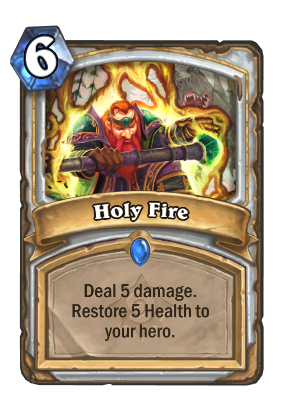




Acolyte of Pain was a consistent and reliable source of neutral spell draw with very little deckbuilding limitations, which is why it was just a bit too much to keep around after all these years. Similarly, the removal of Spellbreaker allowed Team 5 to lower the presence of Silence effects in the metagame (or at least make them temporary: Royal Librarian was pretty much a superior card, but at least it isn’t part of the Core set).
Mind Control Tech’s gameplay was never really fun, and its impact as a tech card was little to nothing after the first few years of the game’s release when it could at least partially deal with boards featuring Dr. Boom and another critter. It wasn’t a big loss, unlike Mountain Giant, a staple of slow Control decks, mostly in Warlock, and Leeroy Jenkins, everyone’s favorite meme-filled Charge legendary. Neutral Charge effects should be rare and expensive, decided the developers, before promptly printing Mr. Smite.
Priest also had six cards moved, though mostly with the goal of changing the class’ gameplay direction rather than any power level issues. Auchenai Soulpriest, Holy Fire, Shadowform, Prophet Velen, Northshire Cleric and Inner fire all had to go, with brand new cards coming in to replace them.
Year of the Dragon (2019-2020)
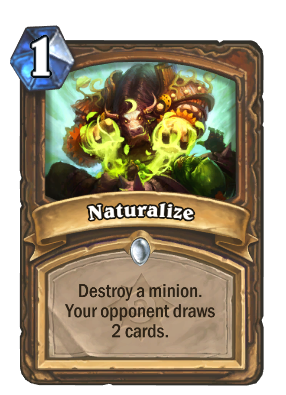


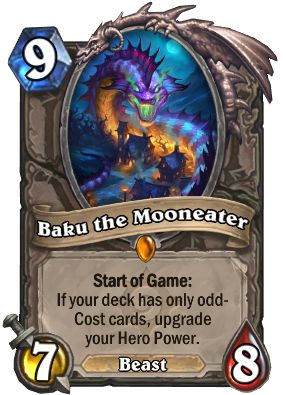




In an unprecedented decision, Team 5 decided to cut short the dominance of Baku the Mooneater and Genn Greymane, moving both into the Hall of Fame alongside their related synergistic class cards: (Gloom Stag for Druid, Black Cat for Mage, Glitter Moth for Priest and Murkspark Eel for Shaman). The Odd and Even decks were just too strong and their gameplay patterns too linear, which is why the devs cut their time in Standard short – by half, to be precise. It was also at this time Naturalize had to go (since it provided hard removal, an effect that Druids weren’t really meant to have), as did Doomguard (too powerful as a Charge minion) and Divine Favor (one of the strongest card draw tools for aggro decks in the game’s history).
In the middle of the year, they also touched upon two other cards: Mind Blast from Priest and Vanish from Rogue had to go in order to stop facilitating unhealthy gameplay patterns.
It was at this time they introduced additional replacements to the Classic set for the previous Hall of Fame cards to bring all classes back to parity. These were Arcane Devourer, SI:7 Infiltrator, Barrens Stablehand, High Inquisitor Whitemane, Brightwing, Righteousness, Gift of the Wild and Siegebreaker.
Year of the Raven (2018-2019)



Three cards were added to the Hall of Fame set at this time: Ice Block, a real blocker of the gameplay flow was finally removed, and with it, the era of Freeze Mage was over. Two copies of this spell made it very difficult to actually kill a combo player in time, just as we’ve seen later with Paladin’s Time out! Card. Coldlight Oracle was removed because Team 5 explicitly wanted to discourage mill decks, and Molten Giant, already rendered useless by a nerf to 25 mana, was quietly taken out to pasture and returned back to its original 20-mana cost.
It was also at this time that Icicle, Tome of Intellect, Call of the Void and Pilfer were added to the Classic set as replacements for the previously removed class cards.
Year of the Mammoth (2017-2018)





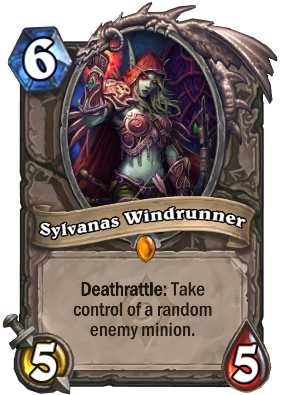
Formally, this year marked the creation of the Hall of Fame set. This was when many of the omnipresent Classic cards were first removed from Standard. (Coincidentally, this was the time when Wildlands Adventurer, the Taverns of Time card, was by far the strongest it’s ever been!)
Conceal had to go because of concerns about interactivity, Ice Lance produced too much extra burn with Spell Damage while Power Overwhelming worked way too well with Deathrattle minions and provided way too much burn for Warlocks with Charge minions (and Faceless Manipulator).
These were just the class cards. The Neutral casualties were Azure Drake (a card that’s been power-crept by now to such an extent that it isn’t even playable in 2022 after getting an extra health point), Ragnaros the Firelord (just way too good stats and effect for the costs for every midrange and control deck in existence at the time) and Sylvanas Windrunner (just way too good stats and effect for the costs for every midrange and control deck in existence at the… oh wait.)
The eagle-eyed readers among you may have noticed that we’ve omitted four cards from this selection. Read on to find out why!
Year of the Kraken (2016-2017)
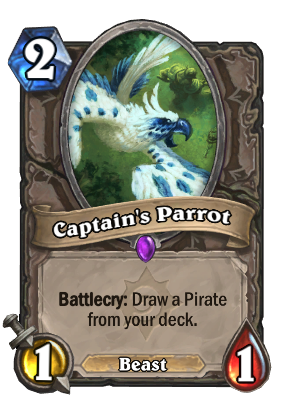



Though it wasn’t called the Hall of Fame at the time, four cards were moved into the Hall of Fame when the Standard and Wild formats were first introduced in 2016. They were formerly part of the Reward and Promo sets.
Captain’s Parrot was acquired by crafting all of the Pirates available in the Classic and Basic sets, while players got Old Murk Eye when they crafted all the Classic and Basic Murlocs. These were the only two cards in the Reward set. Captain’s Parrot was merely irrelevant, but Old Murk-Eye’s Charge ability was an issue with a wide variety of OTK builds and greatly limited Murloc-related design space. At least it found a home in Battlegrounds!
The two cards in the Promo set were given out in their golden variations to early players. Elite Tauren Chieftan was a reward for attending BlizzCon in 2013, while players who made a real-money purchase during Hearthstone’s beta got a golden Gelbin Mekkatorque. Both were later made available to craft in non-golden form.
In 2017, when the Hall of Fame was officially announced, Blizzard explained that these four cards were officially part of that Hall of Fame set.
Hearthstone’s Hall of Fame set shows off the game’s topsy-turvy history and the way its balance philosophy has changed over time. Back when Taverns of Time was first introduced to the Arena, getting a card from the Hall of Fame set was very likely to be awesome.
Nowadays, the spectrum is too wide to guarantee an awesome hit, but should you be able to draft Wildlands Adventurer, it is still interesting to play again with minions and spells long gone by in the game’s limited format.






